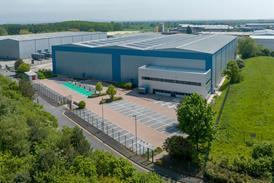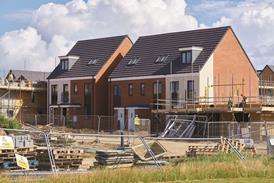In a pivotal moment for the construction and development industry, mayor of London Sadiq Khan announced in February a regulation that is set to redefine the capital’s skyline: all new residential buildings over 30m must now include a second staircase.

The swift implementation of this requirement has sent ripples throughout the industry, signalling London’s proactive stance towards improved fire safety, ahead of an already cited nationwide proposal by housing secretary Michael Gove.
The measure aims to protect high-rise residents, but it is also testing the industry’s adaptability. RICS notes that the ruling is causing significant delays, with nine months appearing as the standard.
Outside London, projects that received planning permission before Christmas 2022 are paused, awaiting a complete redesign to fit the new, albeit vaguely defined, legislation.
The financial implications are notable. A leading property agent estimates that a second staircase can decrease the saleable area by roughly 4%, directly affecting developers’ finances. Combined with inflation-driven procurement difficulties and expected delays, this could destabilise project budgets.

The industry hopes the effects will level off by 2024, as designs start to incorporate the mandated changes. However, the financial implications remain uncertain, with potential investors showing reluctance towards high-rise residential schemes that may not comply with pending legislation changes.
In this challenging climate, adaptability and foresight are vital for industry players. It is essential that all planning applications involving residential buildings over 30m provide two staircases that are compliant with UK building regulations. This era represents a progressive stride towards a safer, more resilient urban development.
Stuart Bosley is managing director, quantum and project advisory, at DeSimone Consulting Engineering































No comments yet